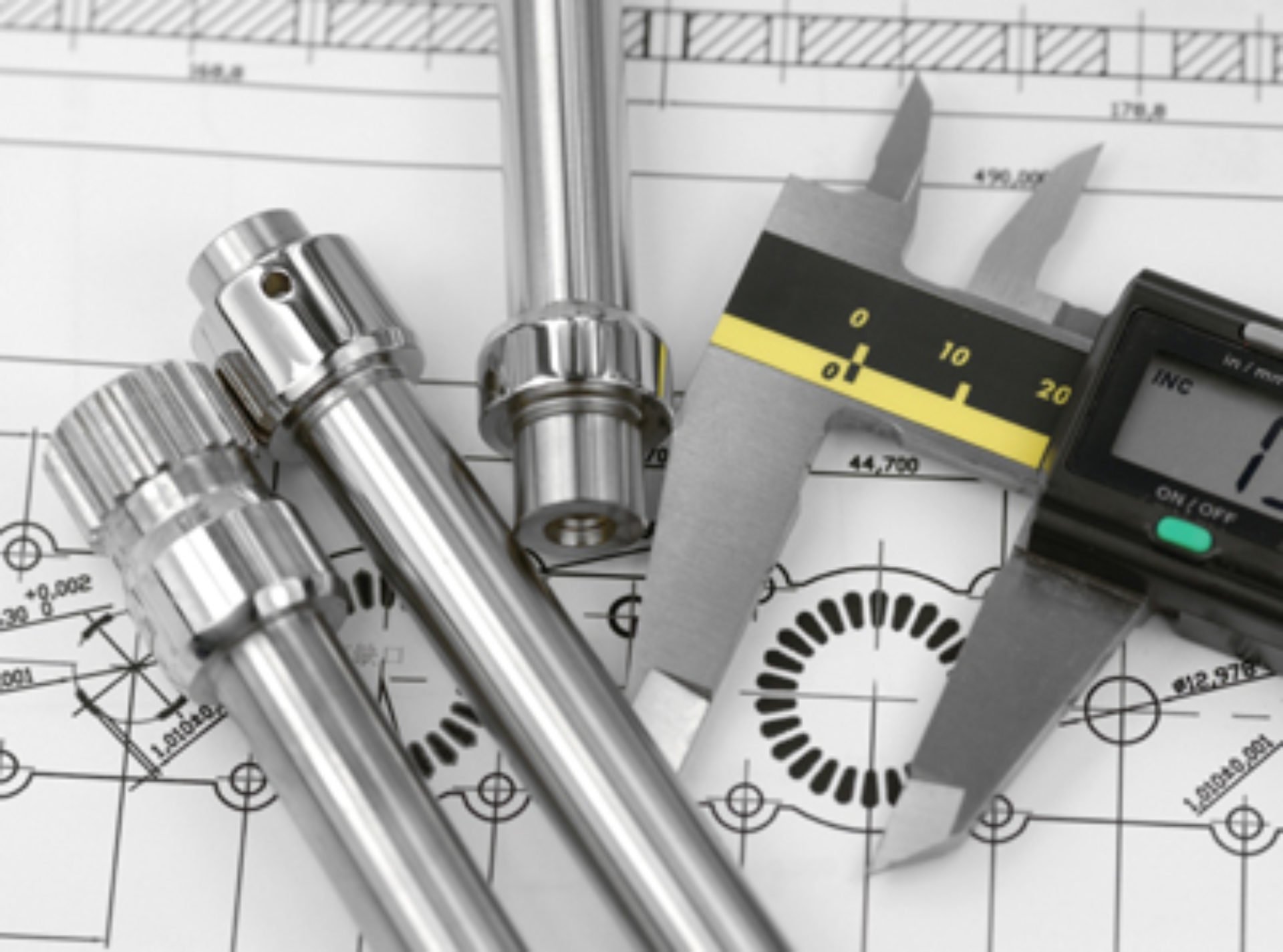Metrology - An Industrial Practice

Metrology is the science of measurement used for the purpose of comparing the positions of celestial bodies such as the stars, planets, moon, and sun. Its measurements are derived from the equator, the latitude, and the east/west axes. This makes it very difficult to perform the calculation accurately because there are inherent deviations in the positioning of celestial bodies. This affects the exact measurement that can be used for metrology.
Boston's top rated metrology has developed as a branch of mathematics, but the subject is more precise than usual. The development of metrology involves measurement, analysis, and interpretation of data. It determines a common understanding of measurements, especially vital in relation to political activity. The international system of measurement known as GIS or gelid is basically a model of measurement applied to the positions of celestial bodies to create a map of the Earth. Metrology applies to the field of civil engineering as well, with applications such as building construction, surveying and construction surveying, and construction estimating among others.
In the field of civil engineering, a meteorologist is a person who possesses specialized knowledge in the measurement of materials and systems. Other subjects included in a metrologists' curriculum are measurements of steel, granite, marble, glass, ceramic, wood, and concrete. With the GIS, more precision is attained, which can also be used for civil engineers in design. Metrologists perform other functions related to the metrology industry such as creating GIS maps of the world, calculating technical aspects such as latitude and longitude, and creating and printing working standards. They also measure and record historical dates and do calculations on the basis of celestial coordinates.
Boston's top rated metrology has been used in all sections of life to make people aware of their place in the world. The modern day metrology system is called GIS (geospatial information systems). This system has many applications in civil engineering, surveying, construction, and GIS mapping. There is a wide variety of scientific metrology applications, such as Global Positioning System (GPS), Global navigation Satellite Positioning System (GNP), Terraforming Metrology, Seismic Microscopy, and Hazards. These applications have provided assistance to rescue missions after natural disasters and developed new methods for emergency disaster preparation.
The three main parts of a metrology system are the mechanical instruments used for taking readings, the data, and the quality assurance checklists. Measuring techniques include the use of angle and displacement meters, and optical micrometer. In quality assurance, the goals of the project manager should include accuracy, reliability, efficiency, and validity.
The quality measures are based on industry standards and guidelines. The measurement devices may be mechanical, optical, or electronic. Optical micrometer measures angles and displacement, while mechanical micrometer measures the distance and product. Optical techniques include fiber optic drilling, fiber optics, and computer aided manufacturing. Mechanical techniques include the use of borescope, laser technology, and computerized imaging. Visit this link for more info about the topic:https://en.wikipedia.org/wiki/Metrology.
